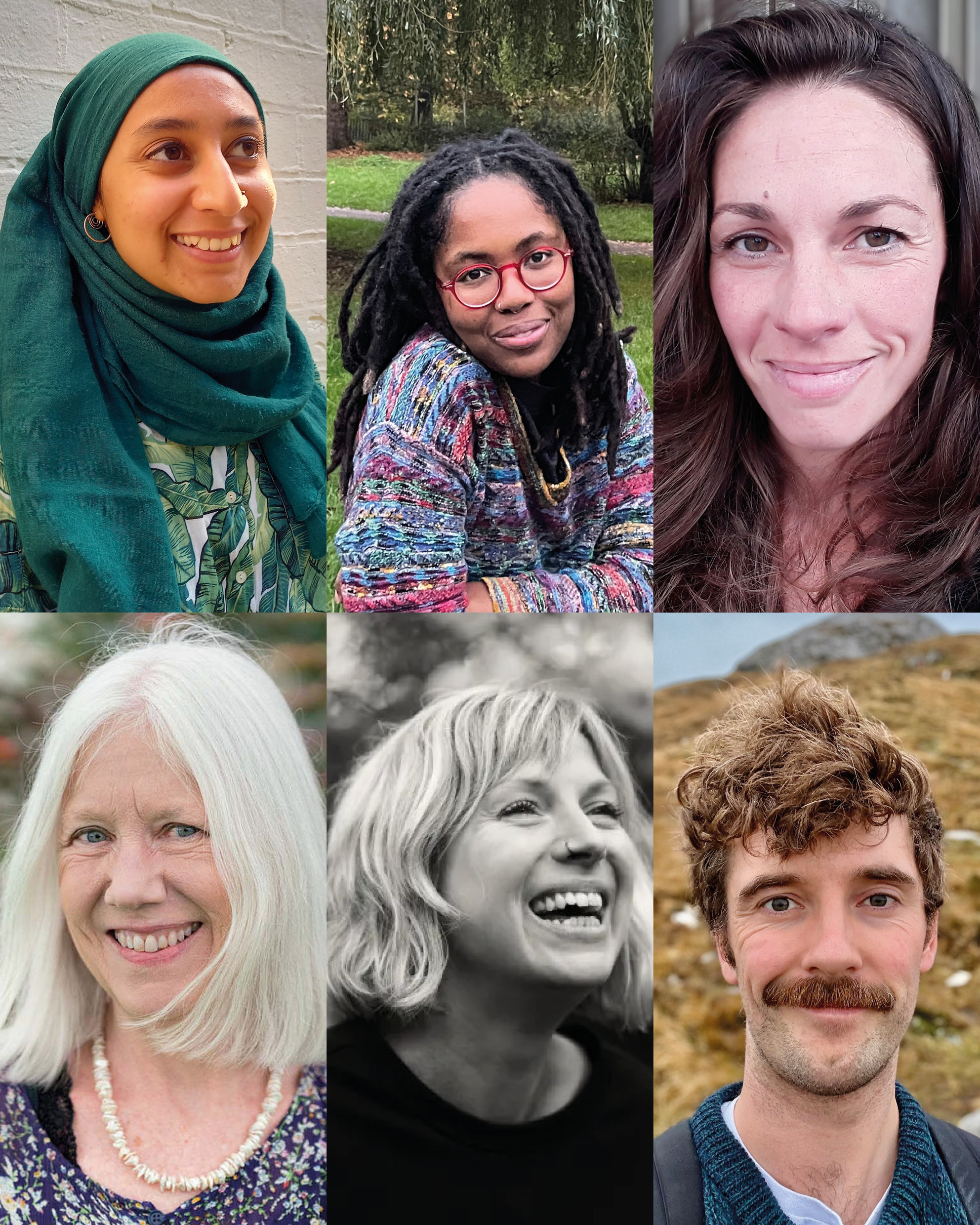On Friday 9th May 2025, the Feminist Translation Network hosted an online scratch night in collaboration with the Emma Press, funded by an AHRC IAA grant. Chaired by the Emma Press’ founder Emma Dai’an Wright, the event brought together a group of translators to read from and discuss their current works-in-progress which respond in various ways to the brief of a feminist translation project.
A consistent theme throughout the discussion was the translators’ emphasis on text selection when undertaking a feminist translation project. Ruth Donnelly, who presented her translation of an extract from the Argentinian author Andrea Ferrari’s young adult novel El retrato de Verónica G [The Portrait of Veronica G], explained how the feminist subject matter of the novel, particularly its challenging of modern beauty standards, drew her to work with the text. She also emphasised the importance of translating feminist works such as this for adolescent readers. As a result, she chooses to translate the text in a ‘smooth and idiomatic’ way, hoping to immerse young readers in the story and thus have them ultimately relate more fully to its feminist message.
Similarly, Anam Zafar’s translation, tentatively titled First Impressions from my Fleeting Return to Sweida, Syria, is also feminist through its choice of source text. Working on an essay by Najat Abed Alsamad, a Syrian author living in Berlin who reflects on her first visit back to her hometown after the fall of the regime, Zafar describes translating a text which portrays a neglected point of view, namely a feminine and civilian perspective on conflict and violence which highlights emotional as well as physical reflections. In fact, she observed that many of her feminist translation projects focus on woman writers and experiences of womanhood in their particular contexts.
Marilyn Booth’s translation project likewise engages with a text with feminist content. She described her nineteenth-century source text by the Lebanese women’s rights activist and writer Zaynab Fawwaz, Husn al-‘awaqib (which can be translated as Happy Endings or Good Consequences), as centring ‘egalitarian, respectful gender relations,’ using the genre of romance to address rights of consent and community. Consequently, a key motivation behind her translation choices is maintaining the text’s historical context, prioritising not just readability but also communicating the specific linguistics and sociopolitics of the era through paratextual elements for example. Her feminist translation project also extends to language, for instance by choosing not to refer to God with masculine pronouns in her target text.
Whilst the other texts in this collection concern translating women writers, Elete Nelson-Fearon takes a different approach to her choice of feminist translation project. She describes how the Egyptian author Ihsan Abdel Kuddous does not always describe women in a positive manner within his work, which caused her to view it as ‘perfect for a feminist translation.’ As such, her translation of his short story, currently titled She Tried and Failed the Other Way, demonstrates that feminist translation projects are not just defined by the texts themselves but also shaped by their translators: she explains that ‘claiming a project as a feminist translation and making bold choices is in and of itself a feminist translation practice.’
This emphasis on the creative potential of feminist translation is shared by Seán McDonagh and Georgia Wall in their translation Not a Word of a Lie, the memoir of Clelia Marchi, an Italian woman who originally wrote the text on a bedsheet following the death of her husband. They describe how they felt that this feminist translation project offered them the ‘opportunity to take a more creative approach,’ leading them to opt for a more radical intervention in their translation by interweaving their supplementation into the body of the text itself. They also apply this creativity to preserving Marchi’s textual idiosyncrasies such as her unique use of punctuation and form in order to highlight her originality. Consequently, they explain how they have tried to remain ‘faithful to Clelia’s words and elements of the chosen form’ whilst also creating a ‘new,’ ‘cohesive’ and ‘balanced’ text which can reach a wider audience.
One final theme of the discussion I would like to highlight is the translators’ characterisation of collaboration as a vital element of feminist translation. When discussing the cooperation that has taken place throughout the translation process of Not a Word of a Lie, not just between the two translators but also with staff at the text’s original publisher Il Saggiatore, this collaboration was described as ‘fitting for a feminist translation project.’ Likewise, Elete Nelson-Fearon related her decision to undertake an intersemiotic translation, transforming the short story of her source text into a play, emphasising the collaboration that this would entail with practitioners such as actors and directors, which leads her to flexibly translate the text in a way that would also allow for their interpretations.
Reflecting on the evening’s discussion, participant Georgia Wall described being ‘moved and encouraged and inspired’ by the scratch night. It was certainly stimulating to hear about a variety of feminist translation projects from a range of languages and genres, and which demonstrate a broad scope of feminist translation challenges and opportunities. It was particularly enlightening to see the ongoing translation process behind these works-in-progress, and I look forward to returning to these translation projects when they are released in a published anthology by the Emma Press, launching in October 2025 at the Birmingham Literature Festival.
Leilani Willis, University of Warwick
Pictured: Translators Anam Zafar, Elete Nelson-Fearon, Georgia Wall, Marilyn Booth, Ruth Donnelly and Seán McDonagh

I don’t think the title of your article matches the content lol. Just kidding, mainly because I had some doubts after reading the article.